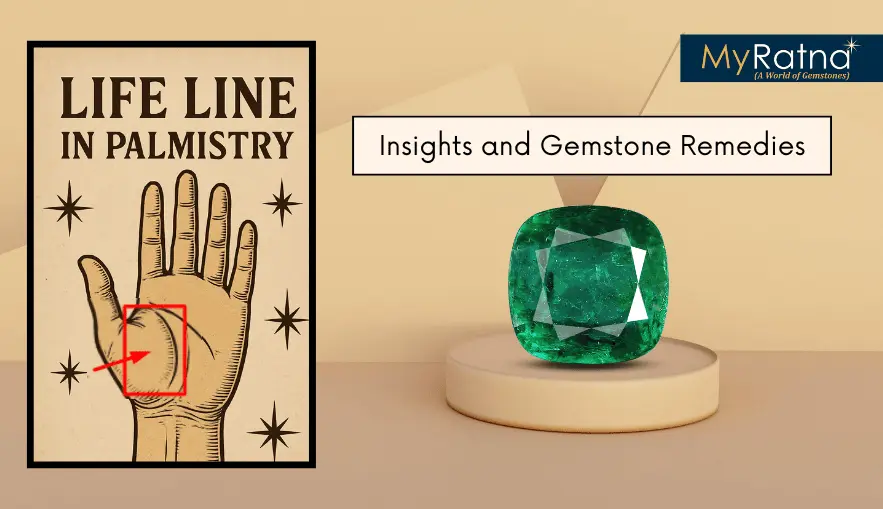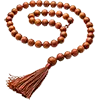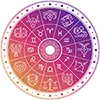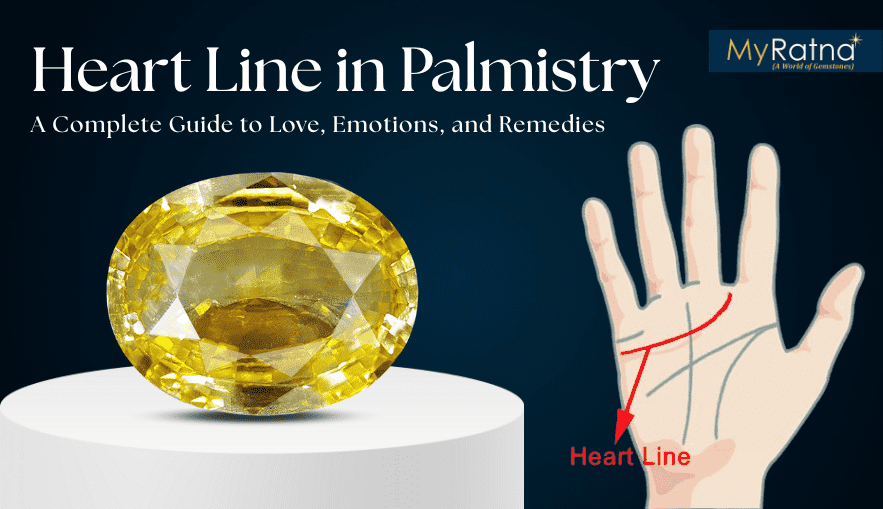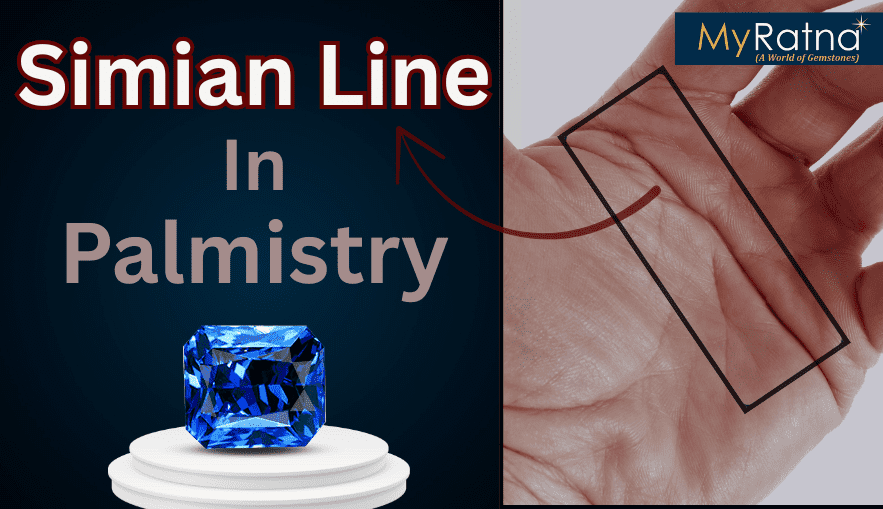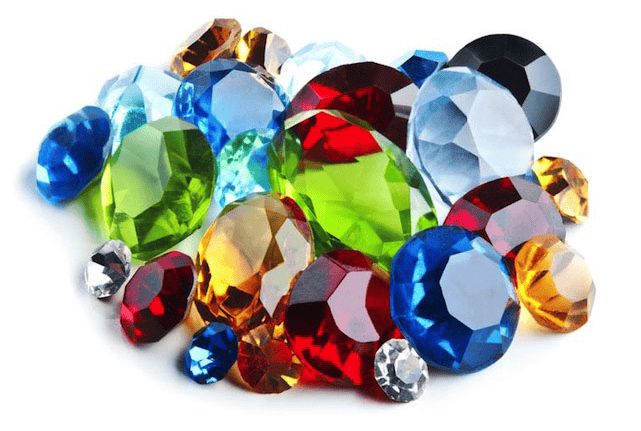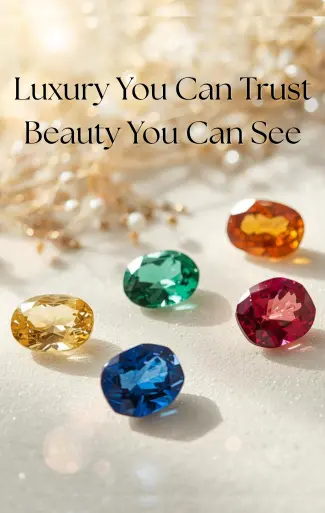Palmistry, also known as chiromancy, has long fascinated people worldwide. It involves the study of the lines and mounts on the palm, offering insights into a person’s life, personality, and future. One of the most prominent lines observed is the life line in palmistry. Contrary to popular belief, the life line doesn’t predict how long a person will live; instead, it reveals much more about their vitality, life journey, and significant events. In this article, we will explore the life line palmistry, its meaning, how to interpret it, and the factors influencing its readings.
Table of Contents
The Significance of Life Line Palmistry
In palmistry, the life line is considered one of the most important features of the palm. It starts at the edge of the palm, between the thumb and index finger (jupiter finger), and curves downward around the base of the thumb toward the wrist. This line is commonly mistaken for a symbol of a person’s lifespan, but it actually reveals much more. The life line palmistry shows a person’s overall health, energy levels, and the important phases or changes in their life. Some believe that it also reflects a person’s ability to cope with challenges, their vitality, and their major life events.
While the life line can vary greatly from person to person, its shape, length, depth, and markings are essential in understanding an individual’s life path. Each line and marking adds another layer of information, helping to uncover unique insights about a person’s character and life journey. In heart line palmistry, the way the heart line interacts with other major lines of the palm, like the life line and head line, plays an important role in giving a deeper understanding of a person’s emotions and overall life.
How to Read the Life Line in Palmistry
Understanding life line palmistry requires careful observation of the structure of the line, including its arc, length, depth, color, and any special markings that may appear along the line. In palm reading for female and male hands, these details can offer different insights based on individual energies. Let’s break down the key features you should look for when analyzing the life line:
1. Length of the Life Line Palmistry – A long life line is generally associated with good health, strong vitality, and a steady life path. People with long life lines are believed to have a strong foundation in life, a positive outlook, and the ability to endure challenges. In palmistry, the length of this line suggests stability and resilience.
2. Short Life Line Palmistry – A short life line doesn’t predict a shorter lifespan, but it can suggest a life that feels stagnant or lacking in excitement. People with a short life line may experience a sense of dullness or monotony, especially after the point where the line ends. Their lives may lack the dynamic energy, fun, and happiness that others experience. In this case, the life line may indicate a person who feels like they are just going through the motions, living without a clear sense of purpose or joy. Such individuals might find it difficult to break free from routine, and their life path may feel less engaging or fulfilling compared to others.
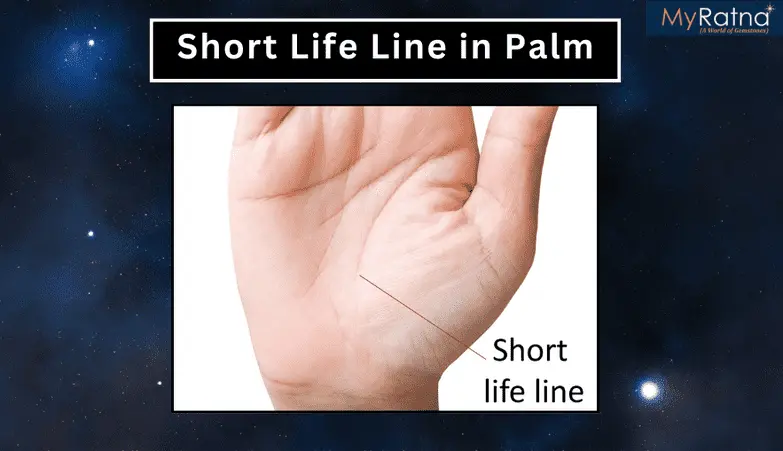
3. Breaks and Gaps in the Life Line in Palmistry – Breaks or gaps in the life line can signify periods of difficulty or challenges in life. These could represent health issues, traumatic events, or major life transitions. The location of the break is significant as it provides additional context to the kind of transformation the person may experience. In palmistry, breaks suggest periods when a person’s life course is interrupted by a major change, such as illness, loss, or a significant life decision.
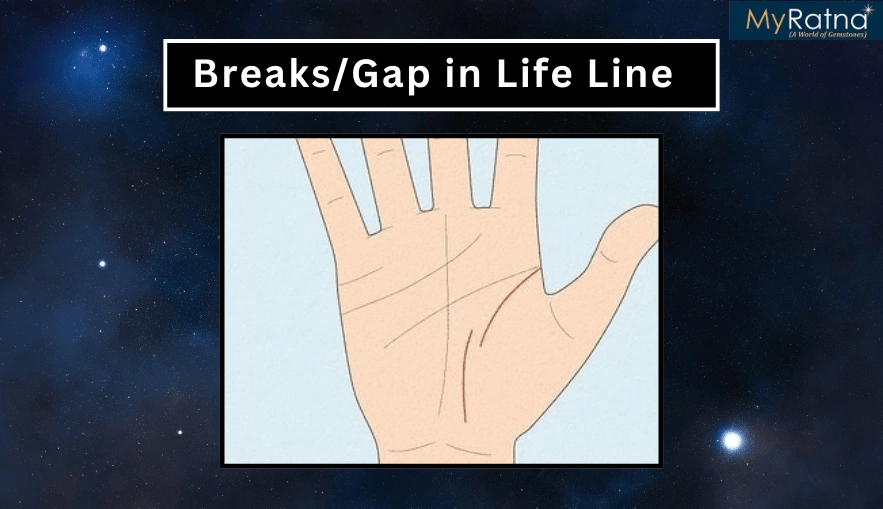
Symbols on the Life Line Palmistry
In addition to the basic features of the life line, there are various symbols that can appear on it. These symbols, such as islands, cuts, uppwards small lines, downward small lines or chains, can give more detailed insights into a person’s life events and challenges.
1. Islands on Life Line in Palmistry appear as oval shapes on the life line in hand. These islands are considered a sign of Rahu, which is known for bringing challenging times. They can represent periods of serious struggles related to the brain or mental health, such as intense migraines, head injuries from accidents, or emotional difficulties like depression. Islands also point to times when a person might make wrong decisions that lead to tough consequences. Since Rahu is believed to give negative results during these periods, the location of the island on the life line indicates when these challenging times might occur.
If you have an island on the life line, we recommend wearing a Gomed Stone (Hessonite Garnet) to reduce the negative effects of Rahu and protect mental peace.
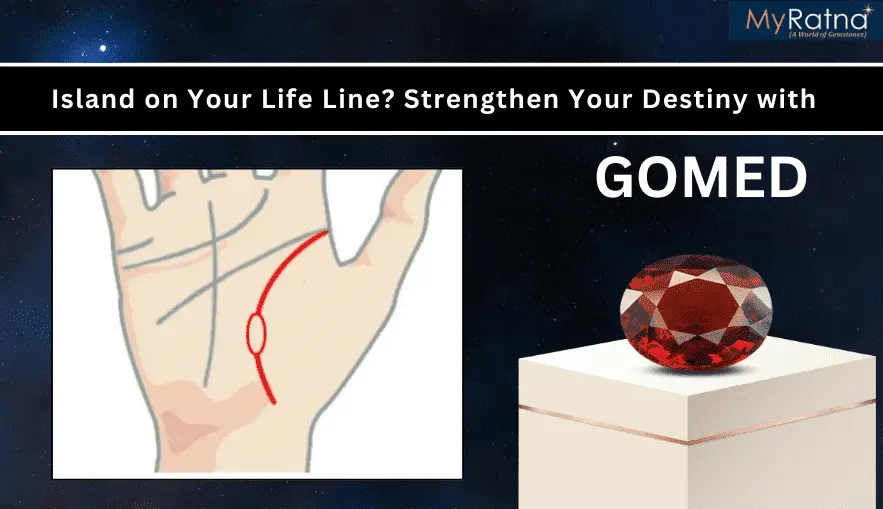
2. Cuts on Life Line in Palmistry are small breaks or interruptions in the line that represent challenges or struggles during certain periods of life. These cuts show that the person might face difficult situations, such as illnesses, emotional crises, or major life changes, around the point where the cuts appear. The specific location of the cuts on the life line in hand can help determine the age or phase when these challenges might happen.
If you notice cuts on the life line in palm, we suggest wearing a Blue Sapphire (Neelam Stone) to build strength, protection, and overcome struggles.
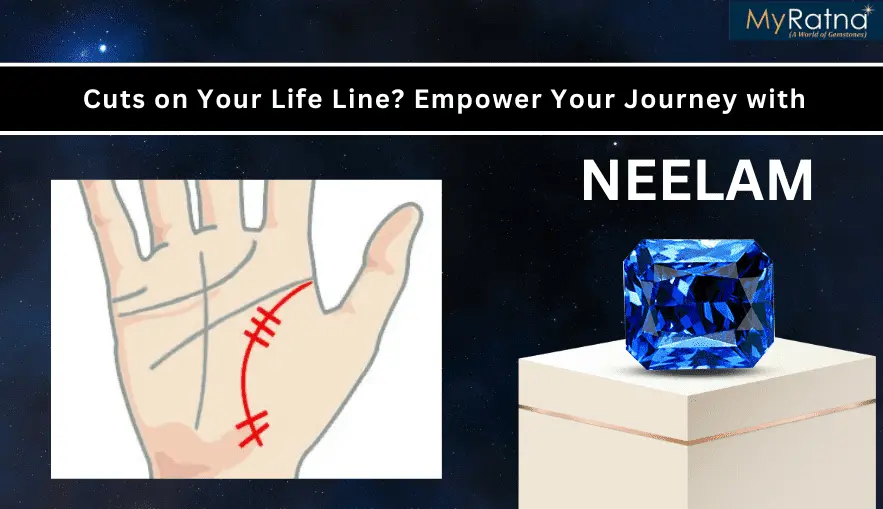
3. Upwards Small Lines on Life Line in Palmistry – Upward lines that come off the life line in palmistry are generally seen as positive signs. These small lines, pointing upwards, indicate happiness, joy, or success in life during the period when they appear on the life line in palm. People with these upward lines may experience a period of excitement, positive energy, or achievements. The specific point where these lines appear can show the age or time when this joyful period will take place.
If you have upward small lines on the life line, wearing a Yellow Sapphire (Pukhraj) can help boost success and attract even more positivity.
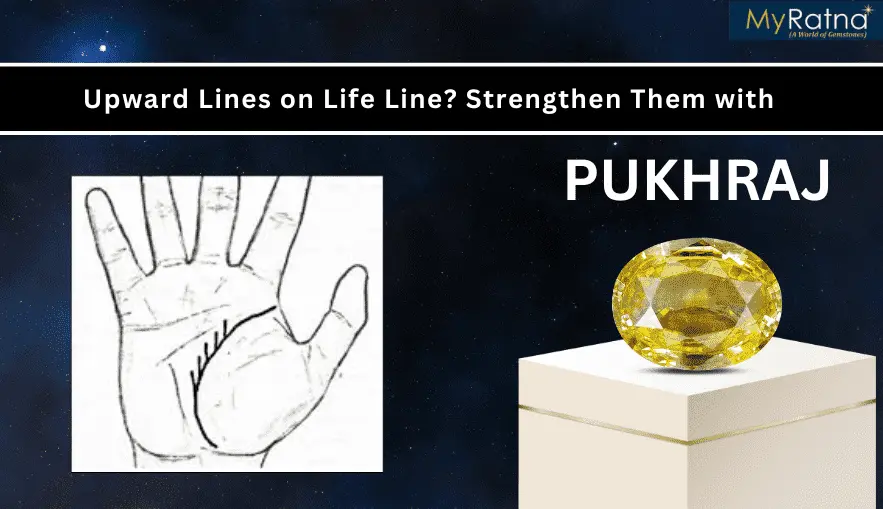
4. Downward Small Lines on Life Line in Palmistry – When small lines appear that point downward from the life line in hand, they suggest a period of sadness or difficulty. These lines can indicate times of disappointment, loss, or emotional struggle in life. The location of these downward lines on the life line in hand helps determine the specific time in life when these challenges might arise. People with downward lines may experience feelings of sorrow or emotional low points during these times.
If you see downward small lines on the life line, we recommend wearing a Red Coral (Moonga Stone) to regain courage, strength, and emotional stability.
5. Chained Life Line in Palmistry – A chained life line in palmistry, where the life line in palm forms a series of connected loops or links, suggests a life filled with confusion and challenges. People with a chained life line may experience fluctuating energy levels, frequent ups and downs, or difficulties in maintaining consistency in their vitality. Their life path might feel unstable, with many changes and obstacles along the way. The person may find it difficult to keep a steady course due to ongoing challenges or emotional turmoil.
If you have a chained life line, it is advisable to wear an Emerald Gemstone (Panna) to balance energy levels, clear confusion, and bring steadiness in life.
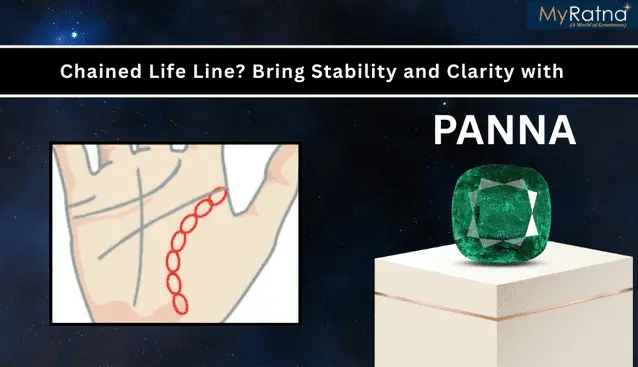
Life Line Palmistry and Hand Features
When interpreting the life line, it’s also important to consider the overall shape of the hand and the mounts on the palm. Understanding palm reading lines is not just about looking at each line separately. It’s about noticing how these lines connect and what they reveal about a person’s journey in life. Palmistry is a complete study of the hand’s structure, energy, and markings.
1. Hand Shape and Mounts in Palmistry – The shape of the hand, whether it’s square, conic, or pointed, can influence how the life line is interpreted. Additionally, the mounts—such as the Mount of Venus (located below the thumb)—play a role in revealing more about a person’s vitality and emotional energy. A well-developed Mount of Venus, for instance, suggests a warm, energetic personality with a positive approach to life. While reading palm, these mounts help provide context for the interpretation of the life line.
2. Dominant/Working and Passive Hands in Palmistry – The dominant hand represents a person’s present life and choices, while the passive hand shows more about their past and inherent qualities. Comparing the life lines on both hands can give a more complete understanding of a person’s journey. The dominant hand will reveal current traits and challenges, while the passive hand will offer insights into past influences that have shaped the individual. While reading palm, examining both hands together allows for a more balanced and thorough reading.
For deeper insights into your love life, especially through palm reading, don’t miss our detailed guide on Love Marriage Line in Female Hand. It reveals the emotional depth and relationship signs seen in the palm.
Myths and Facts About Life Line Palmistry
There are many misconceptions about life line palmistry that can lead to confusion. Let’s address some common myths and separate them from the facts.
1. Debunking the Myth of Lifespan – One of the most common myths about the life line is that it determines how long a person will live. In reality, this line doesn’t predict lifespan; it instead reflects the person’s overall energy, health, and significant life events. The length and depth of the life line are related to the quality of life and personal vitality, not the duration of life itself. So, if you have a short life line, don’t worry—it doesn’t mean you will live a short life.
2. Palmistry and Science – While palmistry has not been scientifically proven, it remains a popular tool for self-reflection and gaining insight into one’s life path. Palmists combine observation with intuition to offer valuable advice, making it a unique perspective on human experiences. In palmistry, the lines on the palm are seen as reflections of the mind and spirit, giving individuals a chance to better understand themselves.
How to Analyze Your Life Line in Palmistry
If you’re interested in analyzing your own life line, here’s a step-by-step guide to help you get started:
1. Observe the Line’s Location and Length of Life Line in Palm – Look at where the life line begins and how long it extends. A long life line generally indicates stability, while a shorter one suggests a more dynamic life. In some cases, analyzing the Fate Line in Palmistry along with the life line can give even deeper insights into a person’s career path and life purpose.
2. Check for Depth and Clarity of Line Line in Hand – The depth / dark color of the line can show how clear or complex your life path is. A deep, clear life line suggests strength, while a faint or shallow line may indicate uncertainty or frequent changes.
3. Look for Symbols on Life line in Palm – Examine your life line for breaks, chains, forks, or islands. Each of these symbols has a special meaning and can provide more insight into your life journey.
4. Consider Your Hand Shape and Mounts – The shape of your hand and the mounts on your palm give important context to your life line reading. Take note of any mounts that stand out, as they can reveal more about your energy and vitality.
Conclusion
Life line palmistry is an intriguing and insightful practice that offers valuable reflections on your life’s path, health, and challenges. While often misunderstood as a predictor of lifespan, the life line in palmistry is more about your energy, vitality, and major life events. By examining the length, depth, and markings of your life line, you can gain a deeper understanding of yourself and your journey. Whether you believe in palmistry or simply find it interesting, it’s a fascinating way to explore the connection between your hands and your life.
Explore Most Searched Blogs on Palmistry
Palm Reading for Female | Heart Line in Hand | Fate Line in Palmistry | Palm Reading Lines | Fate Line in Palmistry | Simian Line | Love Marriage Line in Female Hand
 +91-91250-34444
+91-91250-34444


